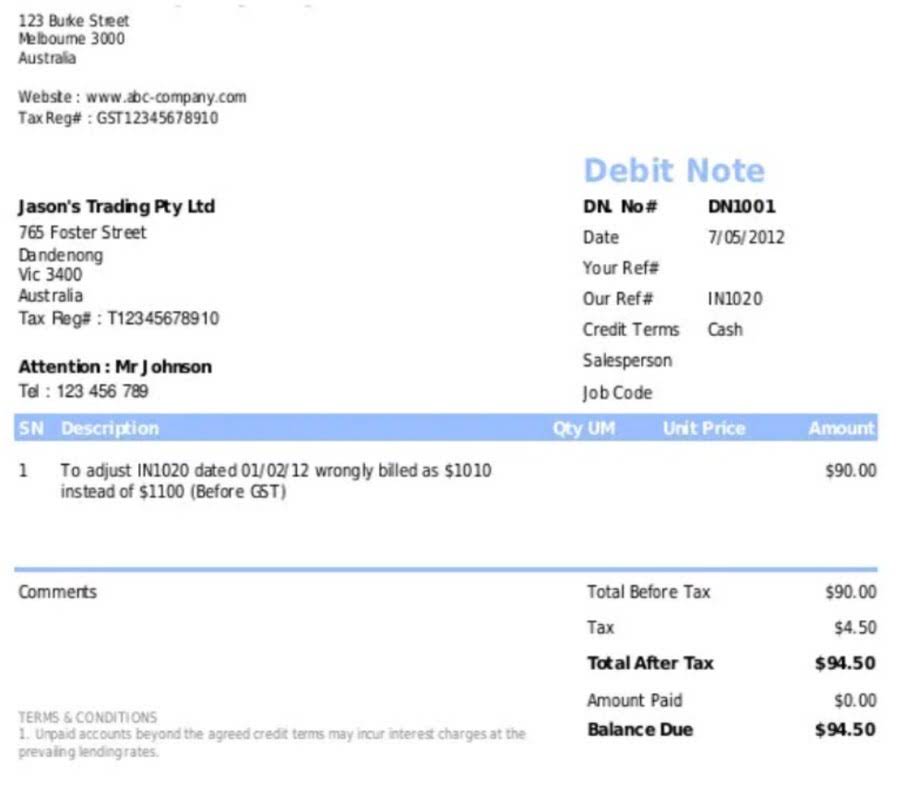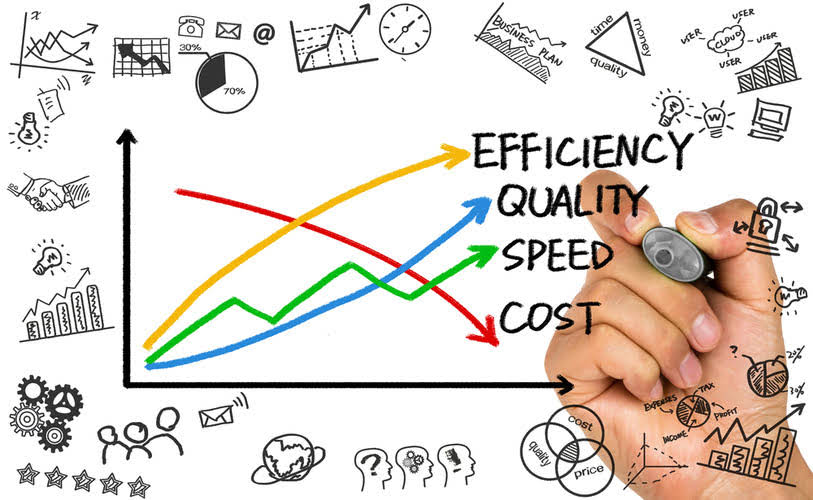
CFI is on a mission to enable anyone absorption costing formula to be a great financial analyst and have a great career path. In order to help you advance your career, CFI has compiled many resources to assist you along the path.
How does absorption costing compare to other methods?
Absorption costing, a fundamental concept in managerial accounting, plays a critical role in how businesses calculate the cost of their products. Absorption costs include all manufacturing costs – direct materials, direct labor, and variable and fixed manufacturing overhead – in the product cost. This approach contrasts with variable costing, where only variable manufacturing costs are included in product cost, and fixed costs are treated as period expenses.
- It is very important to understand the concept of the AC formula because it helps a company determine the contribution margin of a product, which eventually helps in the break-even analysis.
- These materials can be easily traced to a specific product, such as raw materials and components.
- In contrast to variable costing, which excludes fixed overhead, absorption costing allocates all costs to products, whether sold or unsold.
- The sales director has informed us that they have received a quote to provide 12,000 pcs of a ski pant model, for a total contract price of 600,000 euro.
Variable Versus Absorption Costing
- Absorption costing is a method of accounting for manufacturing costs that assigns all direct and indirect production costs to the units produced.
- According to accounting tools, the primary item on an absorption income statement is gross revenues for the period.
- Let us discuss both costing methods with the help of simple working examples and see their key differences.
- GAAP requirements for inventory valuation and aims at providing a complete picture of production expenditures.
- It ensures a comprehensive valuation of inventory by including expenses like materials, labor, and overhead.
It also shifts the cost of unsold goods to inventory on the balance sheet until they’re sold in future periods. Regularly review and adjust overhead costs to match any changes in your production process. Shifts in fixed costs, direct labor costs, or the price of direct materials can affect total production expenses. Without timely adjustments, businesses risk presenting inaccurate financial reporting. Absorption costing and variable costing are two methods used to calculate product costs. The absorption method includes both direct and indirect costs, ensuring every unit produced reflects a share of fixed overhead.

Understanding Absorbed Cost
- It is a conventional technique for estimating the costs of the services and goods produced.
- Absorption costing works well in production environments where understanding the total cost of manufacturing a product is crucial for pricing and profitability analysis.
- This cost data, managed within the Enterprise Suite, helps you create better budgets and forecasts, supporting effective financial planning and analysis.
- Because it complies with GAAP, absorption costing meets regulatory guidelines for publicly disclosed financial reports, as well as tax filings.
- Understanding absorption costing in financial accounting helps businesses ensure accurate financial reporting, cost allocation, and pricing strategies.
- This works alongside the revenue recognition principle to ensure income is reported accurately over time.
Absorption costing is an essential accounting method that provides a comprehensive view of production costs by including both direct and indirect costs. It is particularly valuable for external financial reporting, pricing strategies, and inventory valuation. While it offers compliance with accounting standards and aids in accurate cost allocation, businesses must be aware of its limitations, especially when making internal decisions. Absorption costing includes fixed manufacturing overhead in inventory valuation, while variable costing only accounts for variable production costs. This makes absorption costing more suitable for financial reporting but less useful for certain managerial decisions. Consider a soft drink company that produces 1,000,000 bottles of soda every month.

Impact on Financial Statements
Since 2014, she has helped over one million students succeed in their accounting classes. Furthermore, as GAAP mandates cost absorption for valuing inventory, adherence ensures compliance while shaping fiscal policies that stand up to external scrutiny and internal efficiency demands. It’s all about capturing the full picture – every penny spent needs to be accounted for on their spreadsheets so they can report accurate valuations on their stock valuation. Precision in allocating costs also facilitates better decision-making when evaluating the efficiency of different departments or product lines within your company’s portfolio. The steps required to complete a periodic assignment of costs to produced goods is noted below. These costs, such as utilities and consumables, fluctuate with production activity.

These costs typically include direct materials, direct labor, and variable manufacturing overhead. Fixed manufacturing overhead Mental Health Billing costs are treated as period expenses and are not included in the product cost. Variable costing provides a clearer picture of the incremental cost of producing each unit and is often used for internal decision-making and performance evaluation. Absorption costing is a crucial managerial accounting method that captures all manufacturing costs involved in producing a product.
- With features designed to comply with BIR CAS requirements, the software ensures accurate financial reporting while automating cost tracking and allocation for greater efficiency.
- It counts all the factory costs involved—direct materials, direct labor, as well as variable and fixed manufacturing overhead—as part of that product’s cost listed in inventory.
- Additionally, when there is unsold inventory, absorption costing can result in higher reported profits because fixed overhead costs are deferred into inventory until the products are sold.
- In simple terms, “absorption costing” refers to adding up all the costs of the production process and then allocating them to the products individually.
- Keeping your absorption costing method consistent across all of them is important for accurate overall reporting.

The assets = liabilities + equity absorption costing formula calculates the cost assigned to each unit produced. Remember that costs incurred outside the factory setting, like marketing expenses, sales team salaries, or administrative office rent, are handled differently. These nonmanufacturing costs are treated as period expenses, meaning they hit your income statement in the period they occur, rather than being attached to inventory. Absorption costing pulls together all the costs directly related to manufacturing your products. Effective cost accounting systems are designed to track these components accurately.
